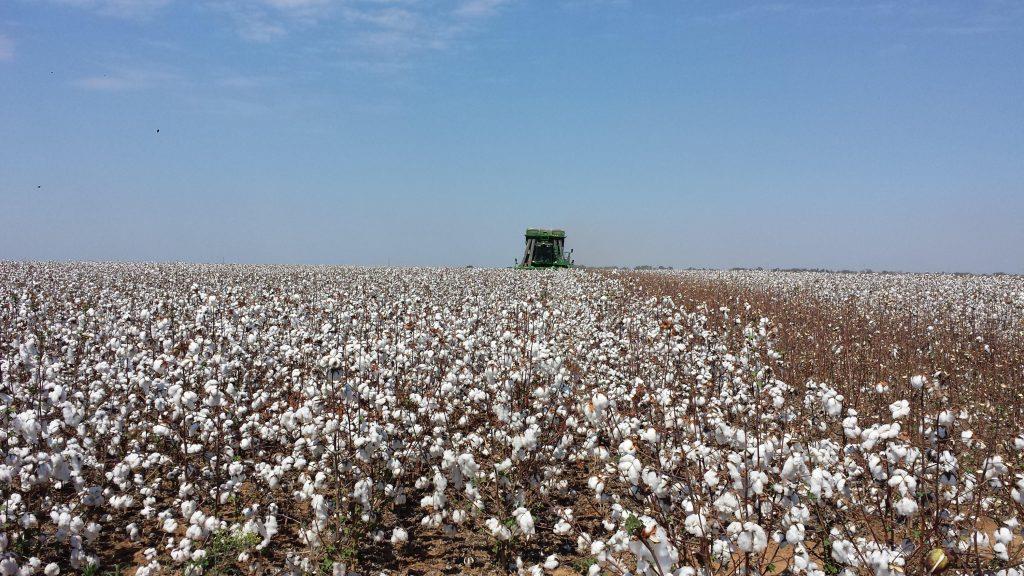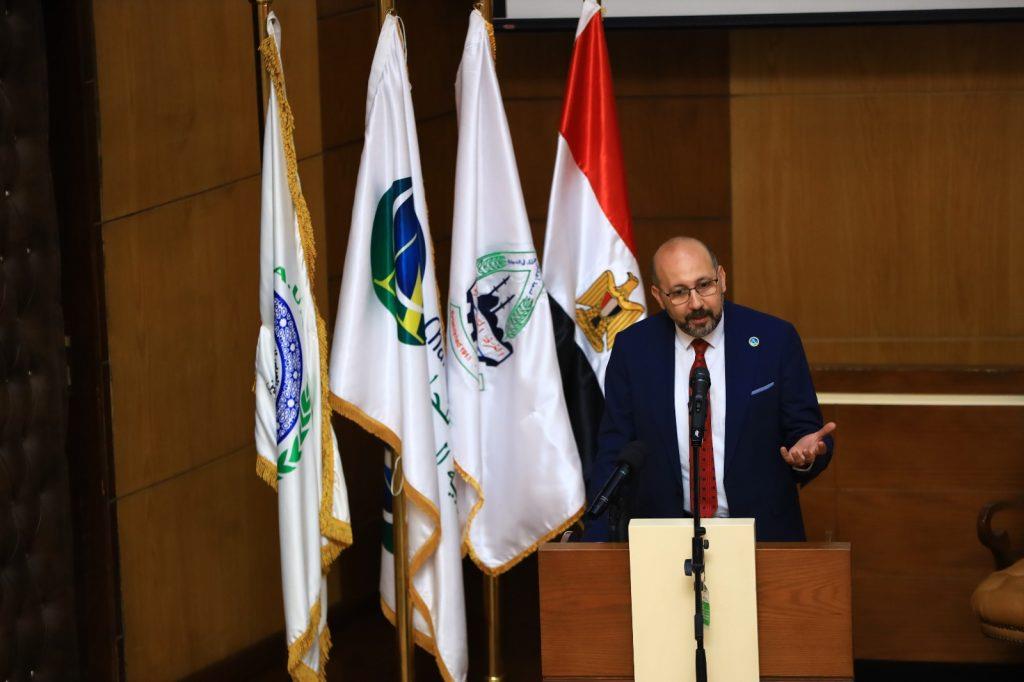
Cotton-Rich Egypt Eyes Brazil For Suppliers
According to Cotton Brazil manager Fernando Rati, Abrapa's decision to include Egypt as a priority market is due to the country being a major producer and exporter of textiles-but not only for that. Egypt lacks sufficient cotton to meet the demand of its industry and to address challenges related to its production.

Cotton field in Brazil: The country resumed cultivation once the pest was controlled and technology boosted field yields
“A global and traditional reference in high-quality, long-fiber cotton cultivation, the country faces challenges regarding soil fertility, water availability, and productivity. The solution adopted by the Egyptians was to invest in fiber blends to boost their textile industry operations, which explains the increase in imports from countries like Brazil,” says Rati.
The director of the Arab-Brazilian Chamber of Commerce (ABCC ) office in Cairo, Michael Gamal, says Egypt began importing cotton from Brazil only in 2023, after nearly two decades of negotiations. Among the reasons for the delay, he cites the complexity of opening a new market, which requires establishing local partnerships and a reliable supply chain. Additionally, he says, Brazilian cotton had to meet Egypt's regulatory standards, ensure quality benchmarks, and build the trust of local buyers.
“Once these obstacles were overcome, the effort quickly yielded positive results: In the first eight months of the 2023/24 harvest, Egypt's imports of Brazilian cotton increased 85-fold compared to the previous year. Although Egypt is an emerging market, Brazil's overall export strategy remains focused on its more established markets,” says Gamal.
Cotton crop productivityThere are more than 50 known species of plants that produce cotton, but only two are cultivated commercially. On of them is Gossypium barbadense, known as“Egyptian cotton” or Pima, with extra-long fibers used in high-quality textiles. However, it comes from fields with lower productivity, as the plants require a longer maturation period. It accounts for approximately 3% of global production.
Gossypium hirsutum, also called upland cotton, produces medium to long fibers, is used for high-volume clothing production, and can yield up to two harvests per year. About 95% of the world's cotton production comes from this species. Two other commercial species, Gossypium herbaceum and Gossypium arboreum, are less commonly used.

Michael Gamal: Participating in trade missions and fairs helps introduce suppliers to the Egyptian market
Researcher at Brazil's state-run agricultural center Embrapa's Cotton Unit, João Paulo Saraiva Morais says most textile producers-in Brazil, Egypt, or elsewhere-use fiber blends in their products. He explains that Brazil can produce Egyptian cotton, but because yields are lower, producers prefer to use upland cotton.
In Brazil, Morais says, cotton is generally grown alongside soybeans. However, while the national soybean crop covers 44 million hectares, cotton occupies just two million hectares. Even so, Brazil is the world's fourth-largest producer and the largest exporter of cotton.“It could be an even bigger producer if polyester [a petroleum-based synthetic fiber] were less widely used,” he adds.
The revival of cotton plantations began in the 2000s. Previously, during the 1980s and 1990s, the crop was hit by the cotton boll weevil, which drove producers away. From the 2000s onward, with the development of new cultivars and techniques, production began to grow again.
The growth in both supply and demand positions Brazil as a key global player in the cotton chain. In the 2024/2025 season, Rati says, Egypt produced 93,000 tons of cotton and imported 218,000 tons. He notes that the U.S. Department of Agriculture, which compiles statistics for the agribusiness sector, forecasts that in the 2025/2026 season, Egypt will produce 54,000 tons of cotton and import 239,000 tons.
In the 2023/2024 season, Brazil exported 18,000 metric tons of cotton to Egypt, a volume that rose to 78,000 tons in the following season, which ended in July of this year. Ahead of Egypt, Vietnam, Pakistan, China, Bangladesh, Turkey, Indonesia, and India are the leading buyers of Brazilian cotton.
“The forecasts for the upcoming season indicate lower cotton production in Egypt and higher import levels. Considering that Egypt is expected to continue increasing its cotton imports in the coming years, combined with Brazil's current market share of 36%, there is still significant potential for growth,” says the manager of the Cotton Brazil project.
Brazilian cotton does not compete with Egyptian cotton. On the contrary, they are complementary. To fully tap the potential of Brazilian cotton in Egypt, Gamal notes, Brazilian companies can develop strategies to promote their product. He adds that the ABCC office receives numerous inquiries from local importers seeking information on Brazilian cotton, particularly from entrepreneurs in the El-Mahalla province in northern Egypt, an important textile hub.
“With production declining and mill demand on the rise, Egypt offers great growth potential [as a target market]. Brazilian exporters should focus on trade missions, fairs, and the promotion of sustainable cotton to ensure a long-term presence,” he says.
Read more:
Brazil seeks to sell cotton to Egypt as market opens
Translated by Guilherme Miranda
©Khaled Desouki/AFPValdinei Sofiatti/EmbrapaSuppliedThe post Cotton-rich Egypt eyes Brazil for suppliers appeared first on ANBA News Agency .
.jpg)
Legal Disclaimer:
MENAFN provides the
information “as is” without warranty of any kind. We do not accept
any responsibility or liability for the accuracy, content, images,
videos, licenses, completeness, legality, or reliability of the information
contained in this article. If you have any complaints or copyright
issues related to this article, kindly contact the provider above.
















Comments
No comment